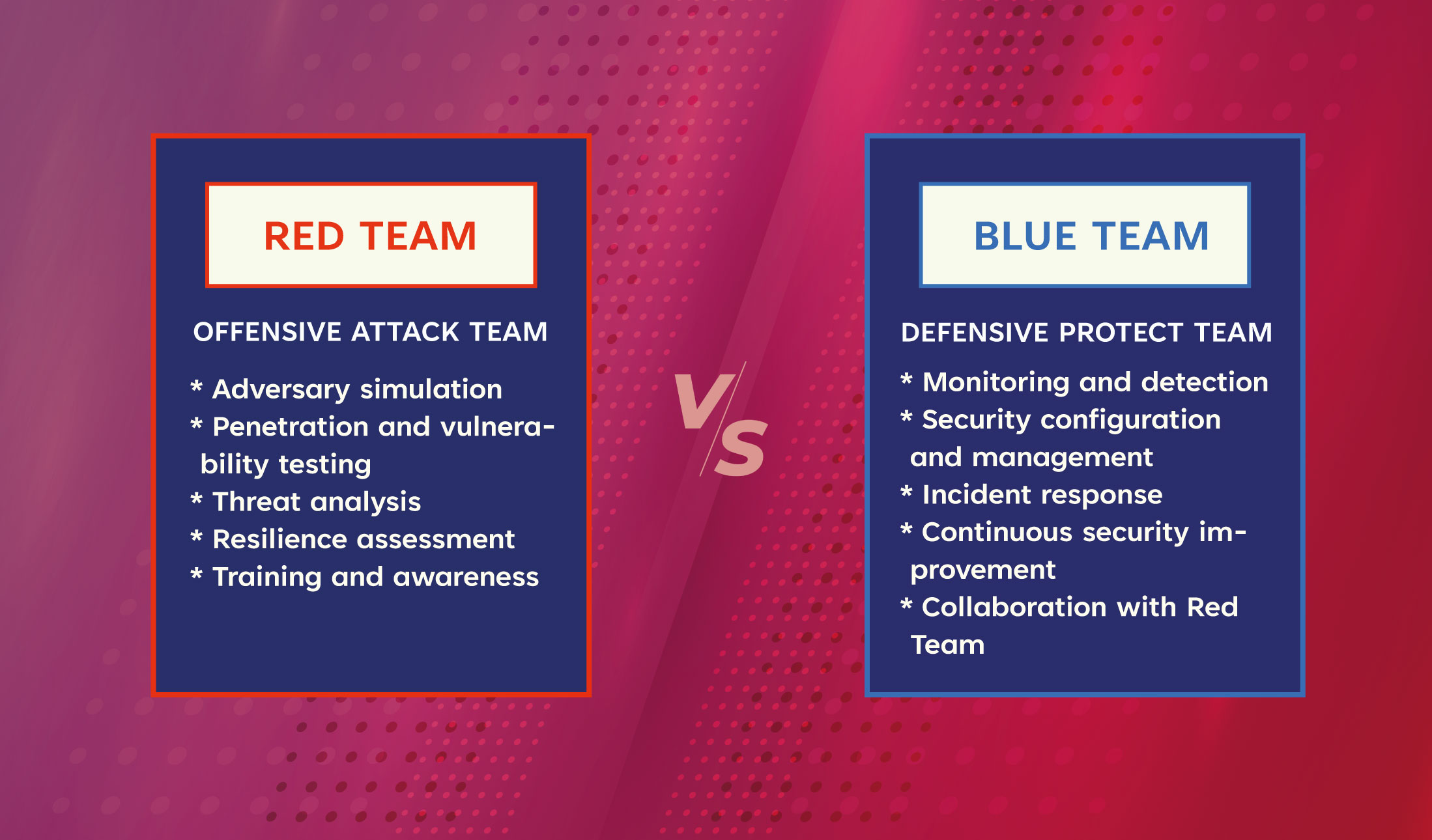
myCloudDoor – Cyber Resilience Assessment
febrero 21, 2024
Cloud de Proximidad: Descubre con myCloudDoor las oportunidades de la Nueva Región Azure en Madrid. – 22 Feb
febrero 22, 2024
Strengthening Cyber Defenses: The Red Team Advantage
1. Control Versión
14/12/2023 - Versión Inicial
2. Resumen Ejecutivo:
En nuestro panorama digital en evolución, los ejercicios del Equipo Rojo son fundamentales para reforzar la ciberseguridad organizacional. Este documento cubre de manera integral los fundamentos, la planificación, la ejecución y los beneficios asociados con los ejercicios del Red Team. Comienza definiendo los objetivos del Red Team y subraya su papel proactivo en la identificación de vulnerabilidades. Se exploran en detalle la planificación, las metodologías de ejecución y la comunicación efectiva con la dirección. El documento examina la ejecución del ejercicio a través de diversas metodologías, enfatizando la colaboración entre el Red Team y el Blue Team. El análisis posterior al ejercicio se centra en la presentación de resultados y las lecciones aprendidas para la mejora continua.

- Fundamentos del Red Team:
- Definición: Un Red Team opera con una mentalidad adversaria, evaluando los sistemas de seguridad de una organización en busca de vulnerabilidades.
- Propósito y Beneficios: Los ejercicios del Red Team proporcionan una evaluación realista, fomentando la mejora continua de la defensa, la resiliencia cibernética y reduciendo el riesgo de ataques exitosos.
- Desafíos y Consideraciones: A pesar de sus numerosos beneficios, los ejercicios del Red Team plantean desafíos, incluyendo la identificación precisa de objetivos, la gestión del alcance y la importancia de un equipo multidisciplinario.
- Planificación del Ejercicio del Equipo Rojo:
La fase de planificación implica la formación de un equipo multidisciplinario con experiencia en OSINT, ingeniería social, hacking ético, ganzuado y telecomunicaciones. Se establecen objetivos claros para centrarse en áreas específicas de la infraestructura o aplicaciones que requieren evaluación.
- Ejecución del Ejercicio del Equipo Rojo:
Esta sección profundiza en metodologías clave como las pruebas de penetración y las simulaciones de amenazas. Se enfatiza la colaboración entre el Red Team y el Blue Team como un componente esencial para una respuesta efectiva a los incidentes simulados.
- Análisis de Resultados y Lecciones Aprendidas:
Después de la ejecución, el documento detalla la recopilación y presentación de resultados, destacando la importancia de informes exhaustivos, incluyendo las lecciones aprendidas y las áreas de mejora. Este análisis crítico contribuye a la mejora continua y fortalece la postura de seguridad de la organización.
- Conclusión:
En conclusión, los ejercicios del Red Team emergen como un pilar clave para fortalecer la resiliencia cibernética. Desde la identificación de objetivos hasta la colaboración en equipo, estos ejercicios no solo evalúan, sino que mejoran continuamente las defensas de una organización. La planificación cuidadosa, la ejecución metódica y el análisis posterior al ejercicio son esenciales para enfrentar las amenazas cibernéticas en evolución, asegurando la preparación para futuros incidentes. La integración constante de las mejores prácticas y la colaboración interdisciplinaria son cruciales para el éxito a largo plazo en ciberseguridad.
Para más información, póngase en contacto con nosotros.
ALEXANDRE GÓMEZ
Cybersecurity Pentesting Specialist en myCloudDoor





